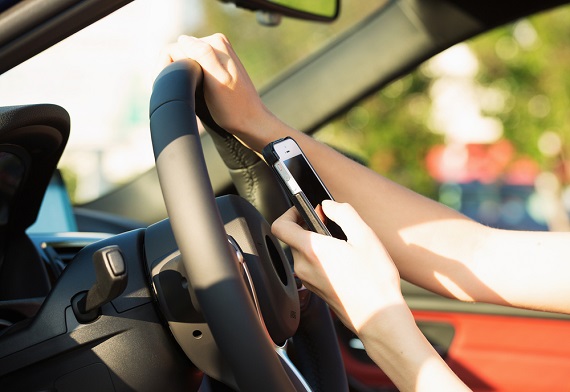Today, it seems like everybody’s got a side hustle, which is essentially just a fancy rebranding of what used to be called moonlighting. But today’s moonlighting often comes with a twist …. these gigs often involve using your personal car or home to generate extra income. Whether it’s driving for Lyft, dropping off packages for Amazon, delivering meals through DoorDash, renting your home through Airbnb or just taking advantage of a tourist influx during a big local event by renting out your home, five words of advice: check with your insurance agent.
If your goal is earning some extra cash, make sure you understand and are covered for potential risks. You might think you are covered by working for a third-party service, but if you injure yourself or someone else while working, if you damage or lose someone’s property or if you suffer a loss to your own property, you may be on your own. Here are just two examples:
Home rental – If you want to start renting out all or a portion of your home through a peer-to-peer rental service, what happens if a guest is injured on your property? Or if a guest burns the whole place down in a cooking fire, will your rental service cover your home replacement?
Some services, such as Airbnb and VRBO, offer programs such as host guarantees or host liability insurance. On first glance, these may look adequate – $1 million liability coverage should be enough, right? But like most things, you need to read the fine print because there are conditions, limitations and exclusions that could leave you exposed to serious loss. You also should not assume that your own homeowners policy will provide coverage in a home rental scenario. Insurance Information Institute says:
Standard homeowners and renters insurance policies are designed for personal risks, not commercial risks. Some insurers now offer a home-sharing liability insurance policy that can be purchased on a month-to-month basis, but there may be exclusions and limitations, so read the policy carefully. If you plan to rent out all or part of your home on a regular basis, many companies will consider this a business use and you may need to purchase a business policy—specifically either a hotel or a bed-and-breakfast policy.
Ridesharing – Check with the service you are contracting with about any coverage that they might offer – states are increasingly mandating that third-party services provide some coverage, but again – there could be conditions, limitations and exclusions that leave dangerous gaps in your coverage. And it’s a mistake to assume that your own personal auto insurance will cover you. Insurance Information Institute says:
Generally a standard personal auto policy will not provide coverage for ride-sharing. A standard personal auto insurance policy stops providing coverage from the moment a driver logs into a TNC ride-sharing app to the moment the customer has exited the car and the transaction is closed.
They also advise:
Prospective drivers should ask the TNC what level of coverage it provides. Drivers should also contact their own auto insurer to address gaps, if any, in their liability protection. It is also recommended that TNC drivers review a copy of their TNC’s insurance contracts so they know the exact terms and conditions of the coverage.
Learn more: Ride-sharing and insurance: Q&A
These are just two common examples of so-called side-hustles, but other income-generating activities might call for other types of coverage, such as product liability or home business coverage. Your agent can also help you assess the adequacy of coverage offered by a third-party. If you are considering a side-hustle, give your independent insurance agent a call to talk things over.
Reprinted from Renaissance Alliance – no usage without permission.









